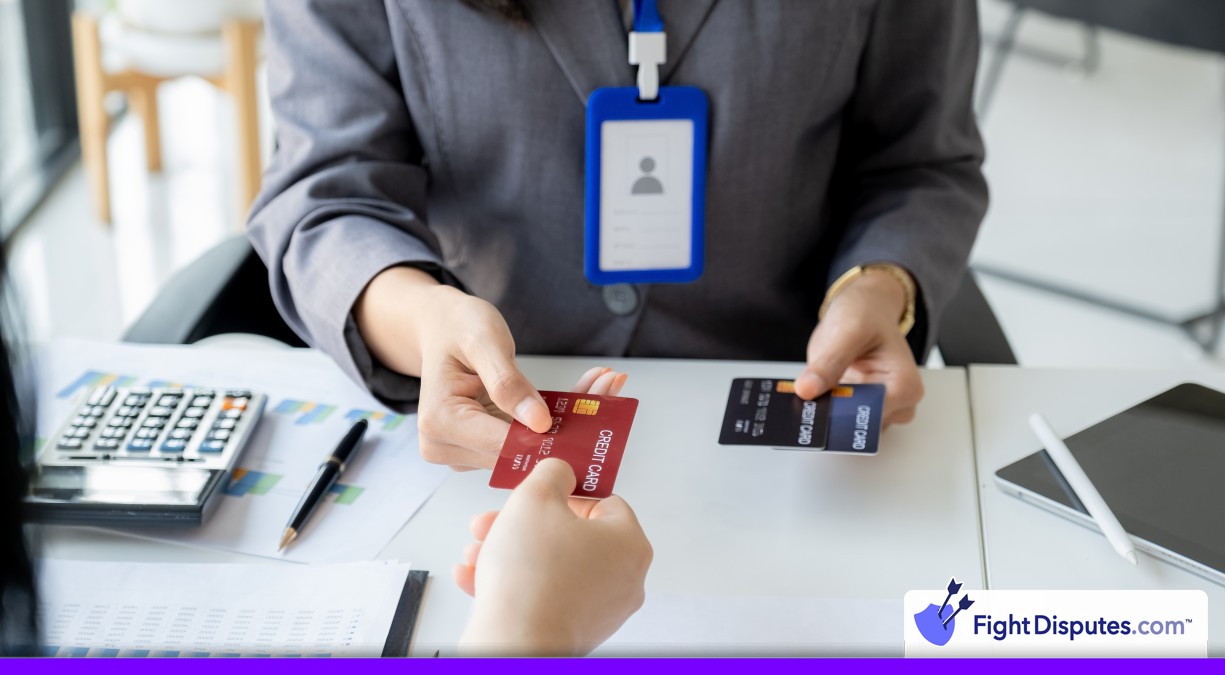4808: Authorization-Related Chargeback
Authorization failures hurt merchant profits every day and Mastercard’s reason code 4808 is one of the main culprits – this chargeback code applies when transactions either don’t have the right authorization approval or when they go over the approved amount without the cardholder’s permission. Merchants who try to process declined transactions or add large tips will find themselves facing these disputes and they’ll have very few defenses available.
These chargebacks cost merchants twice – first through the disputed amount that gets removed and then again through all the extra processing fees that come with it. Code 4808 covers a lot of authorization problems, from missing approval requests to violations around settlement timing. EMV bypass situations and incorrect tip processing are two of the most common triggers for 4808 disputes and they happen across a lot of merchant categories.
Prevention is your only workable strategy here because attempts to fight authorization-related chargebacks almost never work unless you have some strong approval paperwork to support your case. We’ll show you how these authorization failures turn into expensive disputes and which situations cause Mastercard to side with cardholders instantly.
How It Works
A 4808 chargeback happens after your payment terminal fails to get the right authorization for a transaction. Maybe the card was declined but you chose to push it through anyway or maybe you ran the card for one amount and then charged something completely different. Either way, you just processed a payment without the bank’s go-ahead.

Soon the cardholder notices this unauthorized charge on their statement and calls the bank to dispute it. They have a pretty solid complaint because that transaction never actually got the needed approval in the first place. After looking into what happened, the bank sees that you didn’t follow its authorization laws.
At that point the bank files a chargeback against your business. A letter arrives that spells out which authorization law you broke. They pull the money straight out of your account while you’re left trying to figure out what went wrong.
Most merchants have no idea how easy it is to break authorization laws in ways that seem harmless. You might wait too long to finish a sale after you get approval and the authorization can expire. You could add a restaurant tip that’s more than 20 percent over the original total and break another law. You might use an old terminal that can’t read chip cards and skip important security checks without even knowing about it.
These slip-ups happen more than most business owners think. A server might tack on a generous tip after closing time without seeing that the original authorization expired hours earlier. Hotels do the same when they charge guests for minibar items a few days after checkout – well past the window when the card was authorized. These situations give the bank everything it needs to hit you with a chargeback.
How it Affects Chargeback Prevention
A 4808 chargeback hits your account fast and hard. Authorization chargebacks are especially tough because they hurt your revenue stream directly and there’s almost no way for you to challenge them. If the authorization wasn’t handled for that transaction you’re stuck with the loss.
Authorization protocols become your best protection in situations like this. They work almost like an insurance policy that protects you from disputes you just can’t win. Every time you skip the authorization step or manage it wrong somehow you make room for chargebacks that will stand up no matter what you do.
These disputes start to add up and when that happens your chargeback ratio can climb pretty fast. Payment processors are always watching these patterns and they get pretty uncomfortable when they see your numbers going the wrong way. Before long you could wind up with much higher processing fees or even worse account restrictions that might stop you from taking any payments altogether.
4808 chargebacks differ from other types of disputes in ways that make them especially tough. With a product quality dispute you can prove that your item was fine. With a fraud claim you can show delivery confirmation. Authorization problems are black and white though – you either have the right authorization documentation or you don’t. There’s just no gray area to work with.
Prevention is your only helpful option for these chargebacks. Once a customer files this type of dispute your odds of recovering that money drop to almost nothing. Banks always side with customers on authorization disputes because the laws specify how these transactions should be handled.
Example Scenarios
Consider a restaurant where one of your servers makes what seems like a smart call. A customer’s bill comes to $80. Noticing there’s no tip included, the server goes ahead and adds a 25% gratuity to make it $100. They figured the customer probably just forgot to add a tip and wanted to help them out – this usually happens.
Problems start once you find out you never actually had permission for that extra $20. Upon getting their statement and seeing the unexpected charge, the customer calls their bank instantly to dispute it. You’re looking at a 4808 chargeback. That means you’ll lose that whole $100 payment along with whatever chargeback fees come with it.
Retail businesses run into similar authorization problems all the time. Maybe a customer’s card gets declined for a $500 order. They swear up and down that there’s plenty of money available because they shop at your store all the time. You force the transaction through with an override code and the payment seems to go through without any problems.
That decline happened for a valid reason though. Maybe the card was reported stolen earlier that day or the customer actually hit their credit limit without even realizing it. Once the cardholder eventually disputes the charge, you’re left with no valid authorization to back up your case. You lose the merchandise and the money.
Online merchants have their own authorization issues. You might process an order even though the AVS verification doesn’t match or maybe you skip the CVV check altogether because you want to cut checkout friction and avoid losing the sale. These shortcuts can seem harmless at the time. They leave you completely vulnerable when customers later claim they never placed the order in the first place.
Requirements and Timeframes
A customer’s bank gets a full 90 days after the original transaction to file a 4808 chargeback against you – it’s three whole months to keep your authorization records close by and ready to go.
Authorization laws themselves are simple. But merchants usually miss the little but important points. You have to get the correct authorization for every transaction that you settle. A customer adding a tip that brings the total more than 20% above what you first authorized means that you need to run a new authorization – it doesn’t matter one bit if the customer wrote a giant tip on the receipt or wanted you to take the extra money.
This next part is where merchants usually run into problems. A customer’s card gets declined. They’ll promise that they’ll pay you back later or insist that the transaction should go through anyway. Some customers will even pull out their phone and show you their bank balance on their mobile app. None of that information matters to the card networks. Failed authorization means that you need to ask them for another way to pay. There’s no way around this law and it causes merchants problems all the time.
Once you get a 4808 chargeback letter, you usually have somewhere between seven and ten days to respond with your evidence. Your processor sets the deadline. It’s always very tight though. Customer banks had those full 90 days to file their dispute against you. It isn’t fair but that’s how it works. Miss your response deadline and you lose automatically – even if you have solid evidence to back up your case.
Frequently Asked Questions
What evidence actually works when fighting a 4808 chargeback?
A defense strategy means that you'll focus on the evidence that actually works. Valid authorization approval codes with the correct amounts and timestamps - that's what is going to matter most. Transaction logs that show that authorization happened before settlement matter. Having proof that the EMV chip was read will strengthen your position in card-present transactions. Customer signatures, emails or verbal agreements won't help much at all without that authorization backing them up. If authorization wasn't received in the first place, merchants are usually better off just accepting the loss and staying away from the headache of fighting something they probably can't win.
I've learned from working with these cases that merchants who record and actually follow the basic authorization steps almost never run into problems. Merchants who wind up struggling are usually cutting corners somewhere - maybe they're processing transactions without first getting the right approval codes, or they're waiting way too long between authorization and settlement. This shows how those payment processes we take for granted are actually there to protect merchants and customers.
 Call (844) NO-DISPUTES
Call (844) NO-DISPUTES



